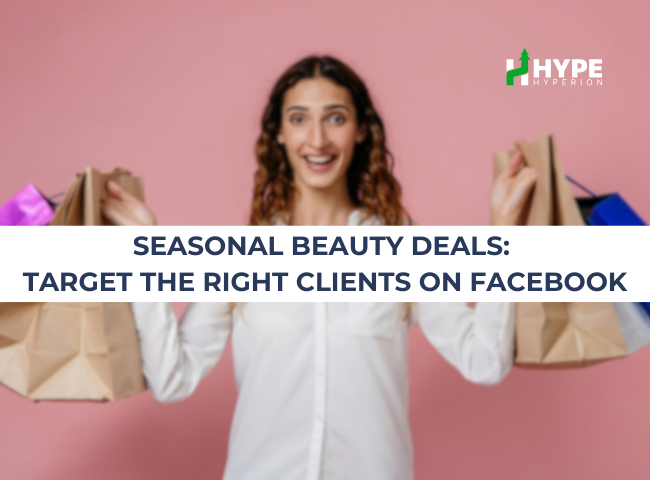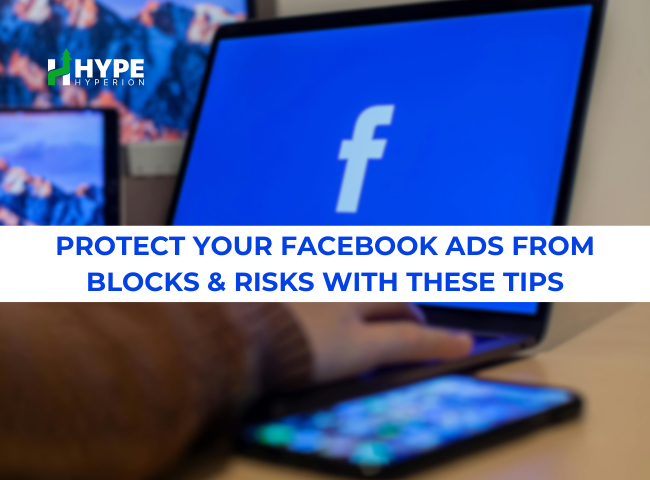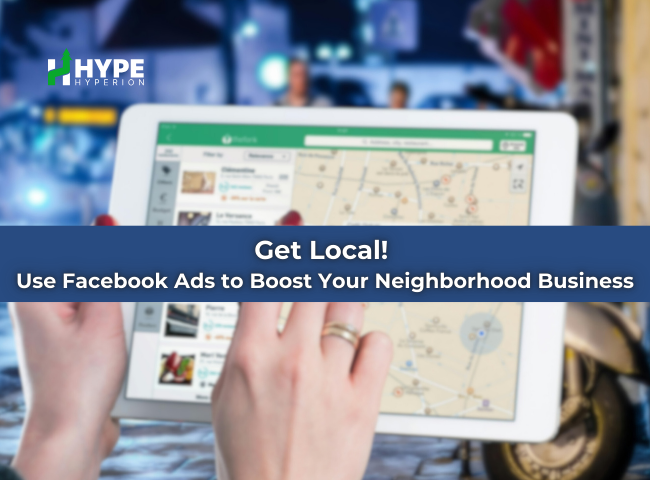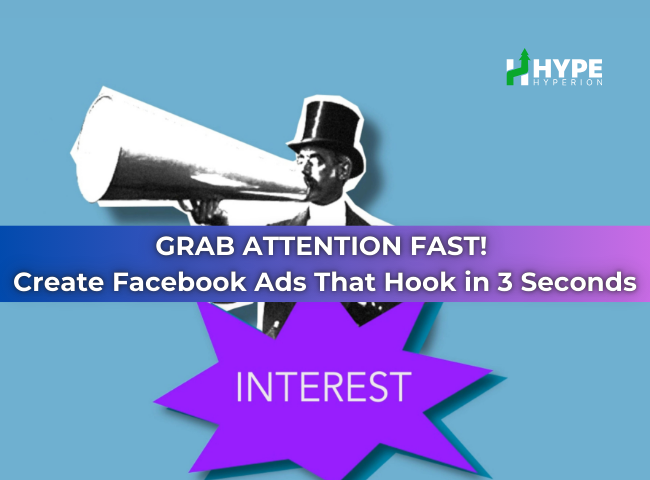
Increase holiday bookings with tailored targeting tips, reaching clients ready to book seasonal beauty services.
Read more
Keep your Facebook Ads running smoothly by using methods to prevent account blocks, reduce risks, and ensure...
Read more
Location-based targeting on Facebook to connect with your local audience and build brand loyalty.
Read more
Learn to craft scroll-stopping Facebook Ads that capture attention and drive engagement instantly.
Read more